AARP Hearing Center


Mary Ann Eastman was 58 when her fingers began turning ghostly white in the cold. At first, she chalked it up to Utah’s harsh winter, but the persistent pain and aching eventually drove her to seek medical advice.
Within two weeks, she received a diagnosis that would upend her life: scleroderma, a rare autoimmune disease that causes the skin and connective tissues to harden and tighten, often affecting vital organs like the lungs and heart.
For those in midlife, planning for retirement, helping their kids through college or thinking about future travel plans, a rare-disease diagnosis can come as a devastating shock, upending every aspect of life.


Mary Ann, now 73, and her husband, Jon, 78, were forced to reimagine the retirement they had planned in the Mountain West — rethinking their careers, finances and entire future together. Rather than give in to their fears, they started to rewrite their plans. Jon retired from his job as a union electrician, and then, soon after, Mary Ann left her job in commercial real estate.
“It would have been easy to despair, but for us, it ignited a desire to live fully and embrace every moment,” says Jon. “We decided to create a list of places we wanted to see, including Europe, national parks, Alaska and the Panama Canal.”
Rare diseases, not so rare
There are more than 10,000 rare diseases, each affecting fewer than 200,000 people. Together, they impact more than 30 million Americans, according to the National Organization for Rare Disorders. More than 95 percent of rare diseases have no FDA-approved treatment options.
Many people with rare diseases due to genetic conditions are diagnosed in infancy or childhood but some disorders stay hidden until symptoms emerge later in adulthood. Getting an accurate diagnosis for rare diseases can be an incredibly long and complex journey, says social worker Stacey Krueger, a clinical program manager at WashU Medicine in St. Louis.

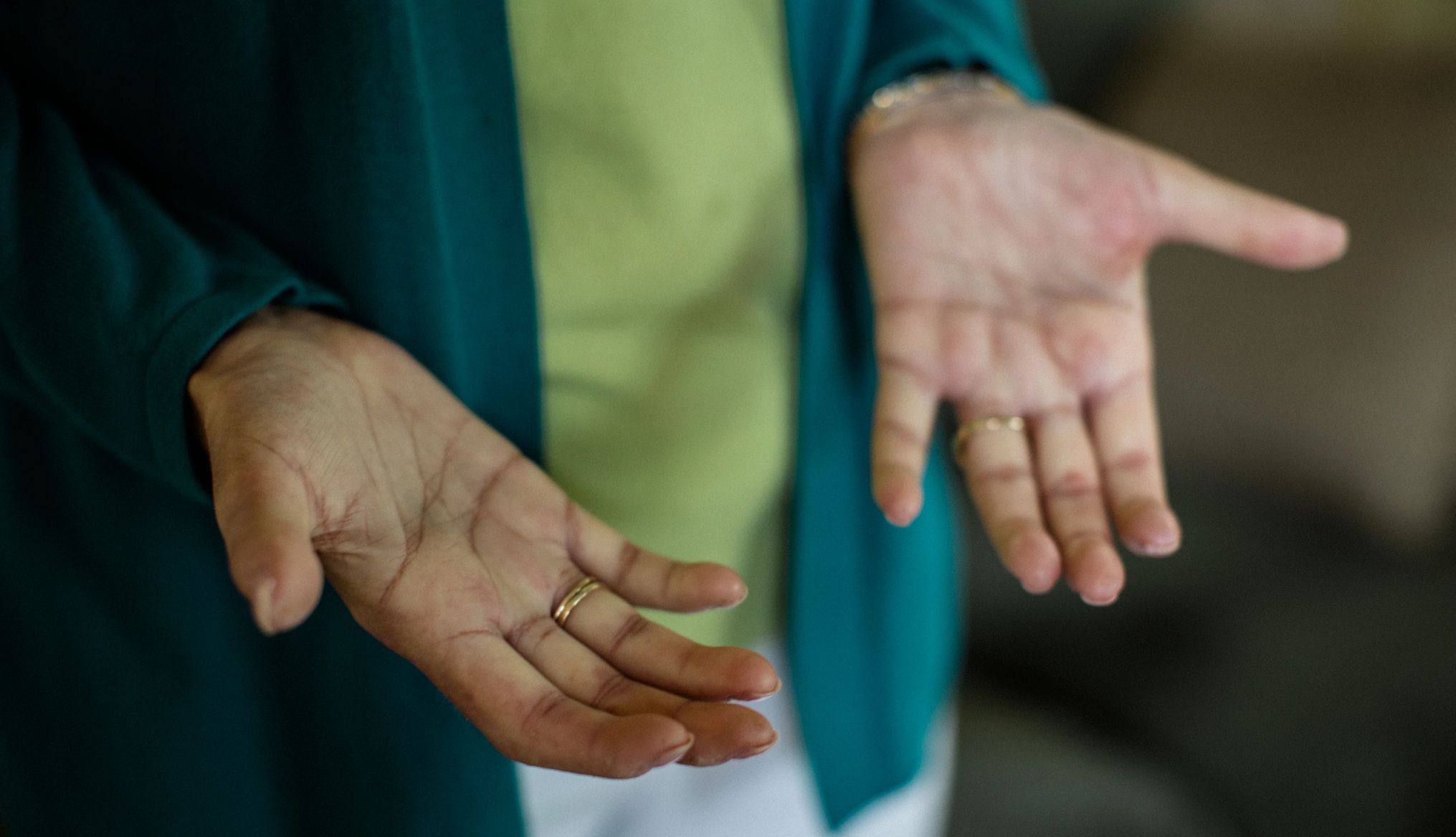
“Many patients live with symptoms for years before finally being diagnosed, not because they’re ignoring them but because providers are unfamiliar with the disorder.”
Finding the right doctor who understands symptom control and treatment options can be just as hard as the diagnosis. Delays in care not only affect physical health but also take a toll on relationships, mental well-being and financial stability.
“The moment you’re diagnosed with a rare disease, you often feel like the only person on the planet,” says Michael Pearlmutter, CEO of EveryLife Foundation for Rare Diseases, a national group that shapes policy and improves access to diagnosis, treatment and cures for the rare-disease community. “Finding others on a similar journey, sharing stories and advocating for change, that’s where the hope comes from. It’s about realizing you are part of something bigger, and that collective voice can truly impact policies and access to life-changing treatments.”
































































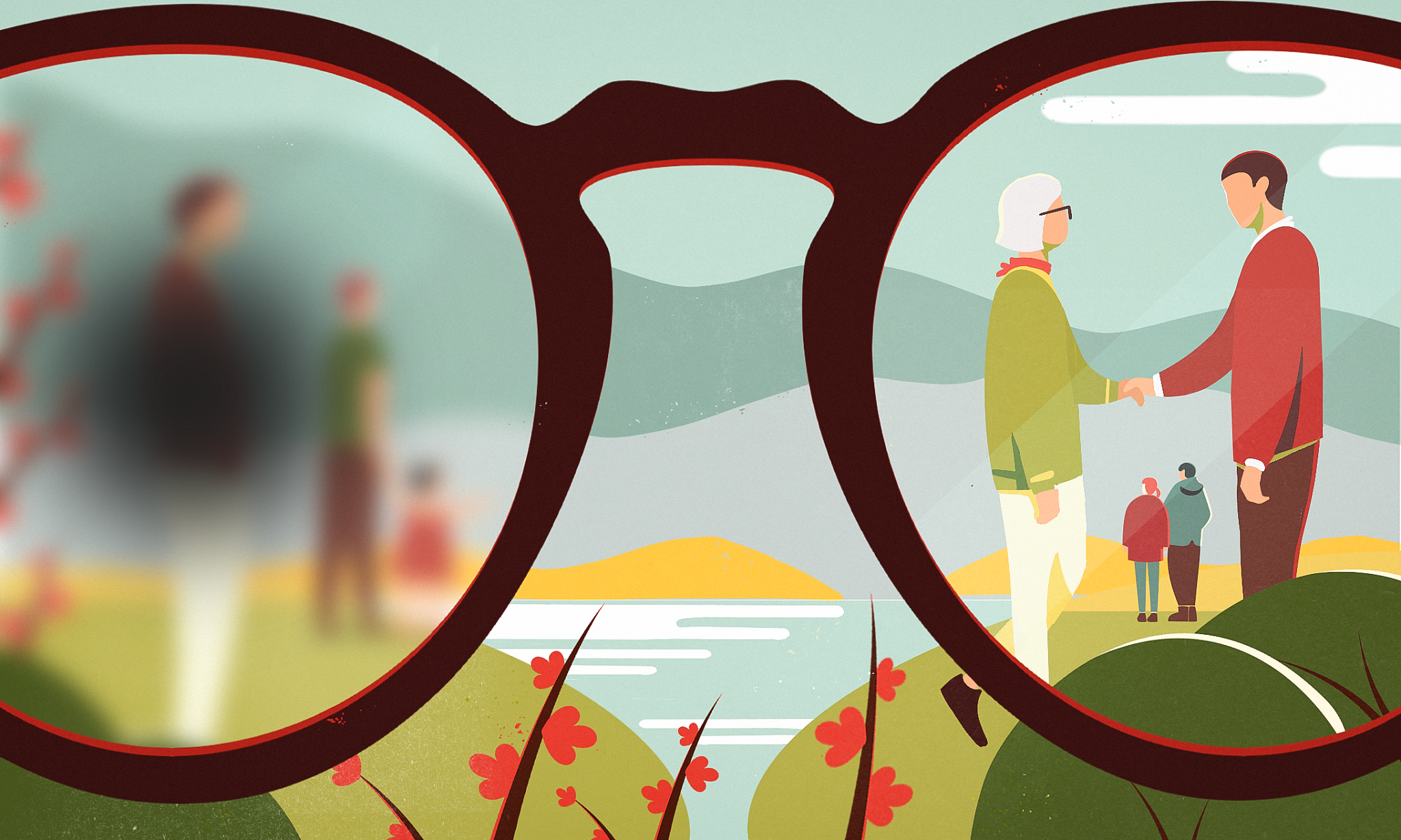.png?crop=true&anchor=0,26&color=ffffffff&u=ucxnmh&w=2048&h=1177&credit=Marco%2520Baccioli)
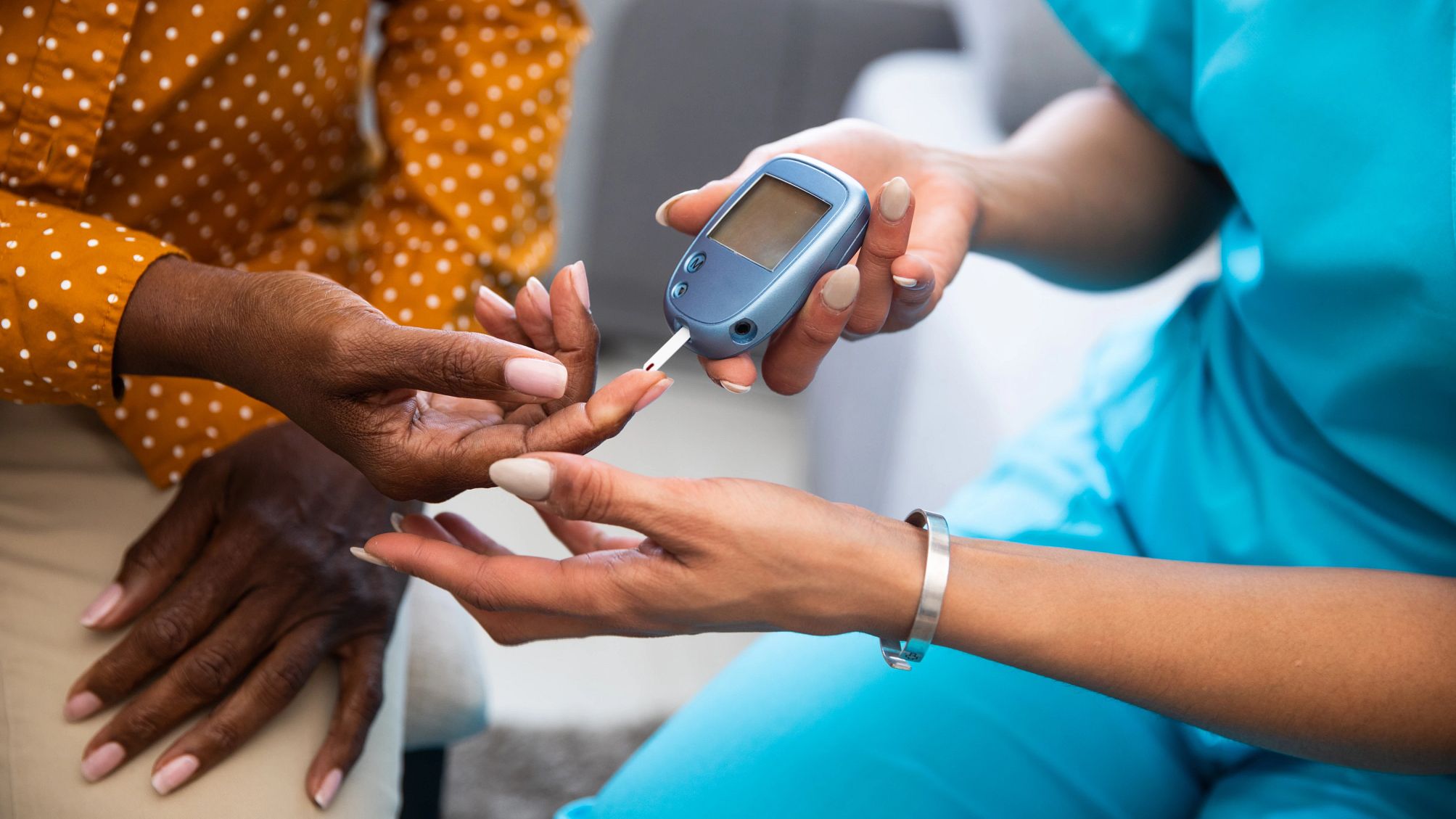
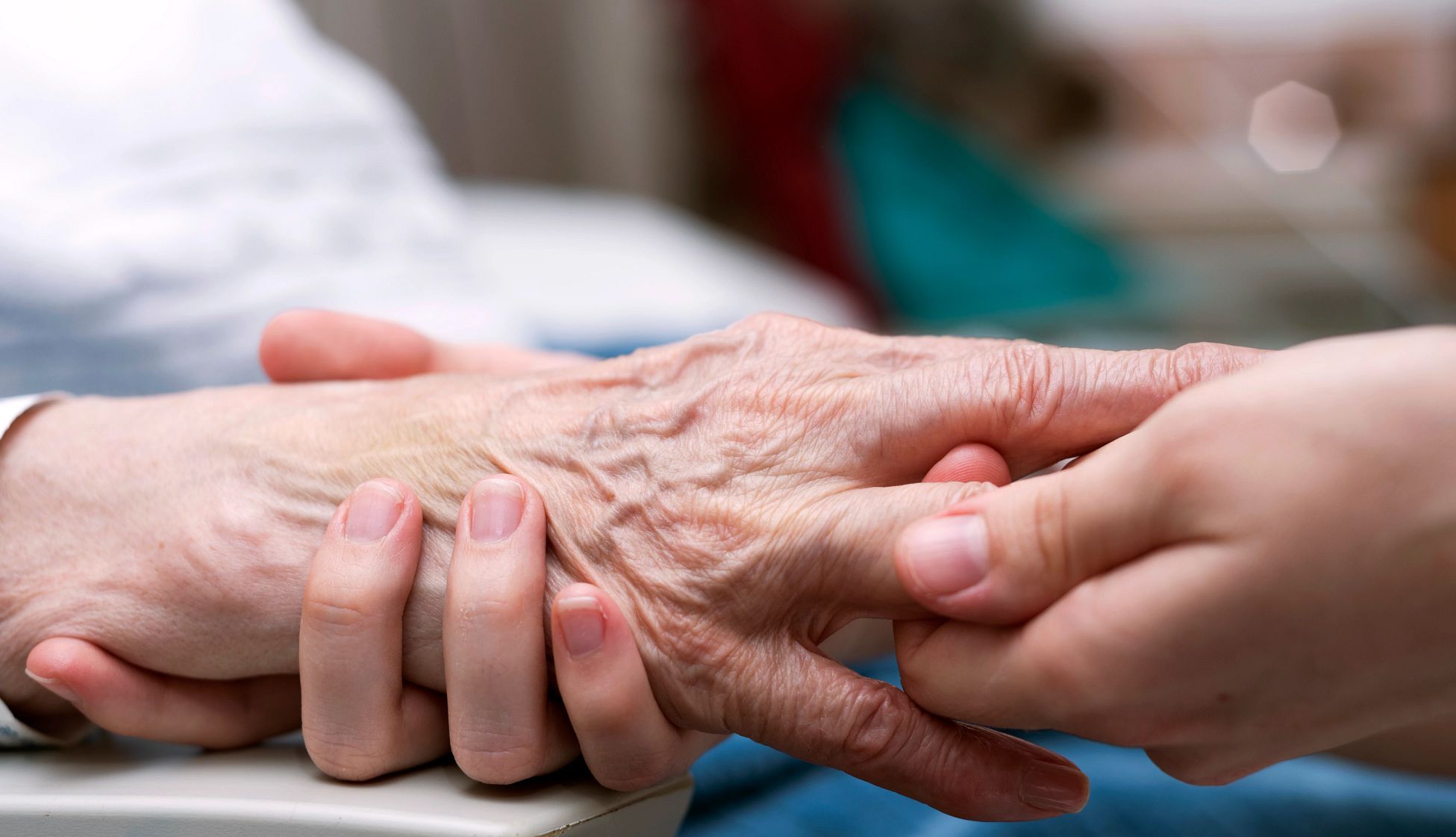

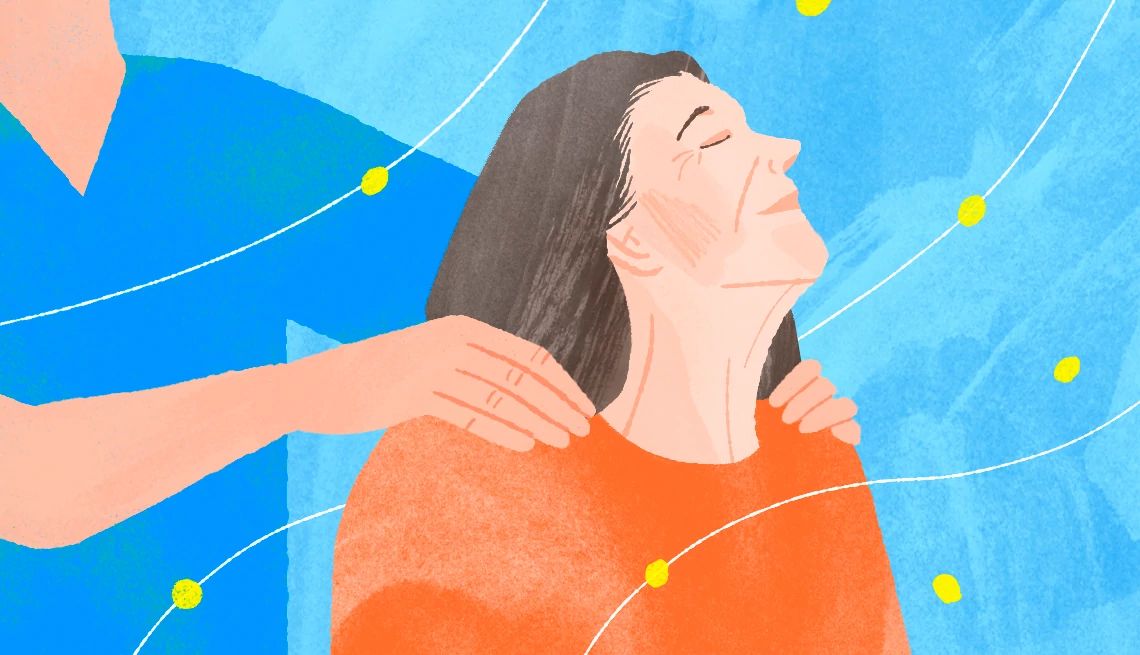

)
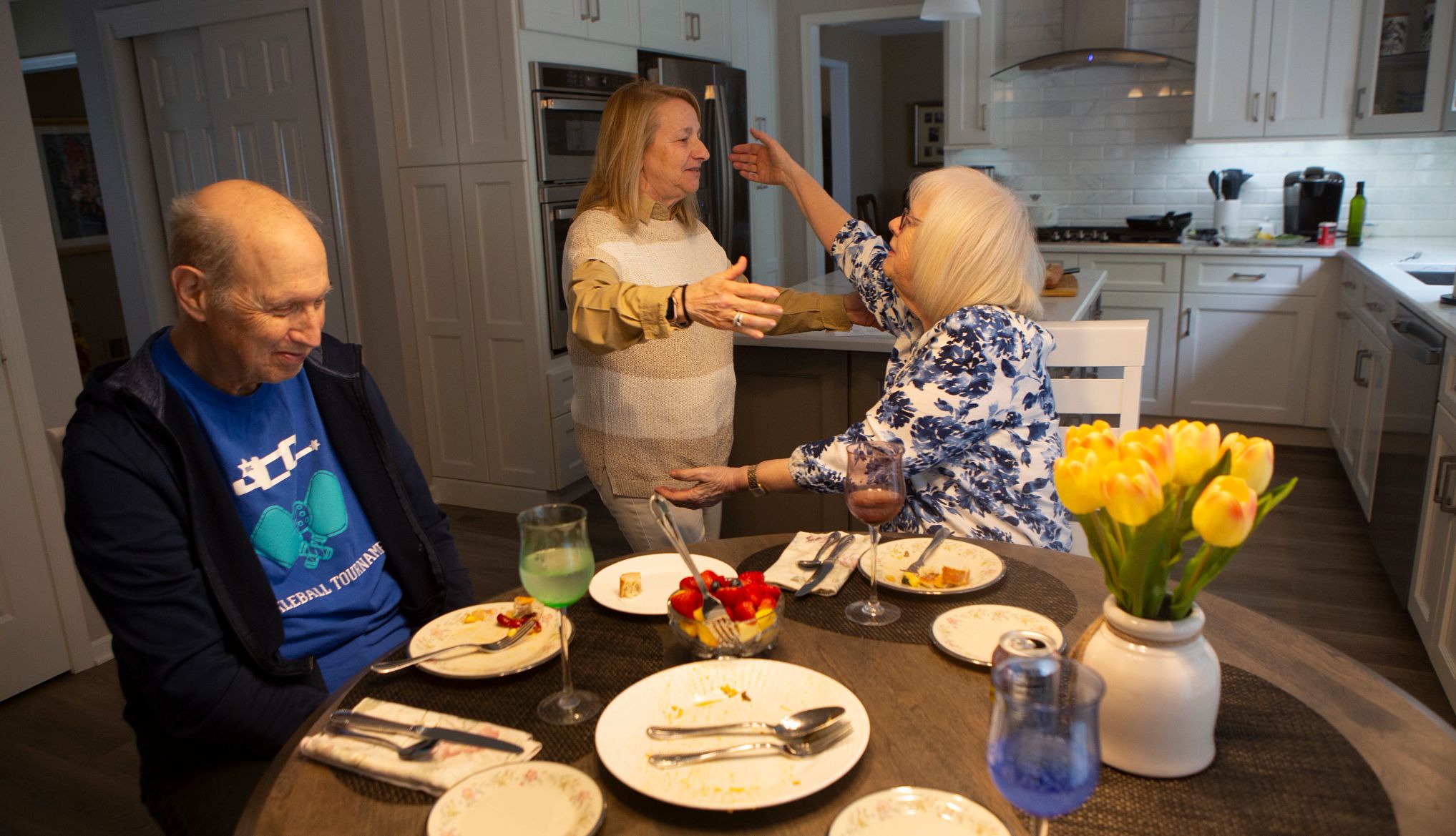
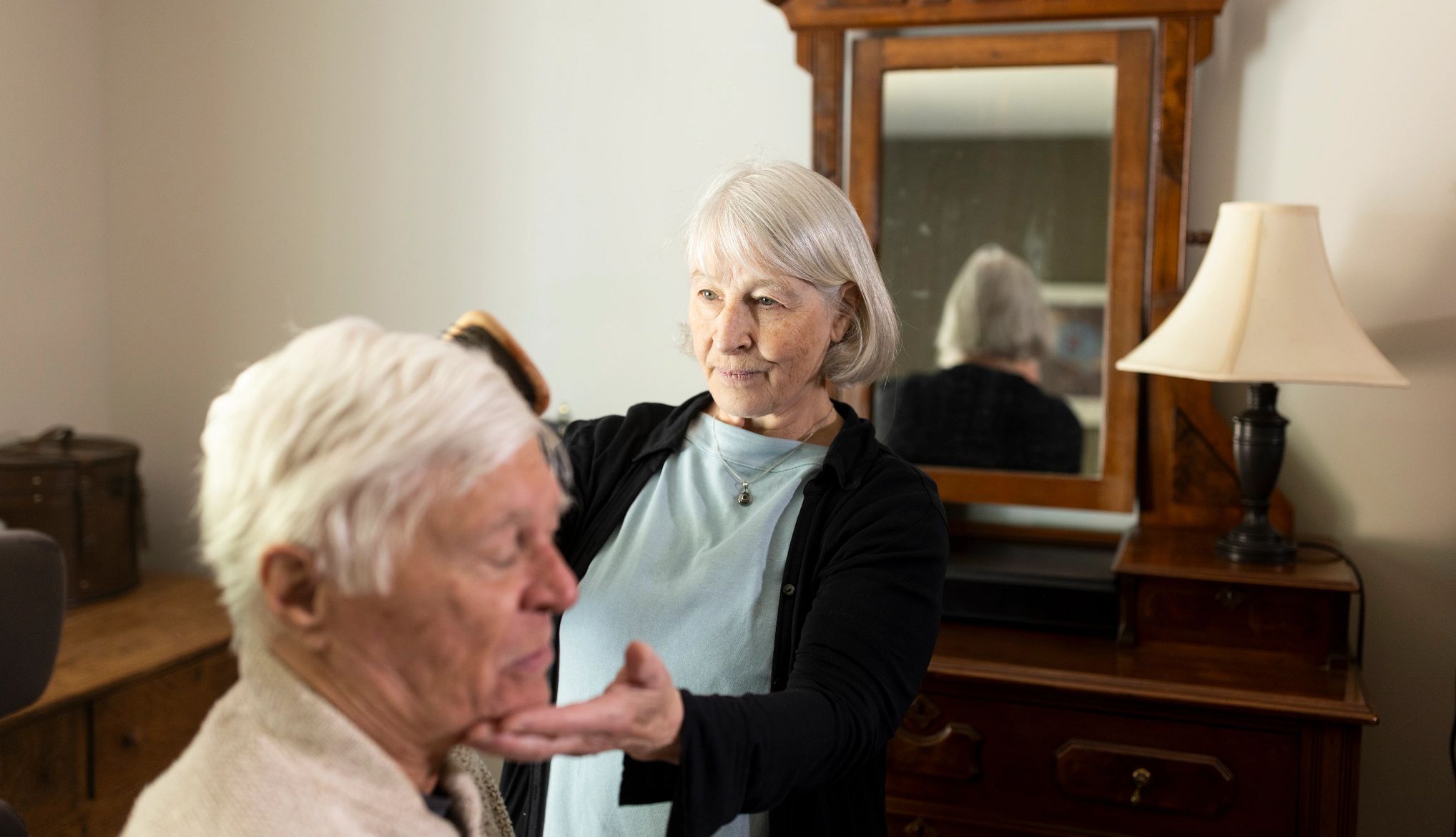
))
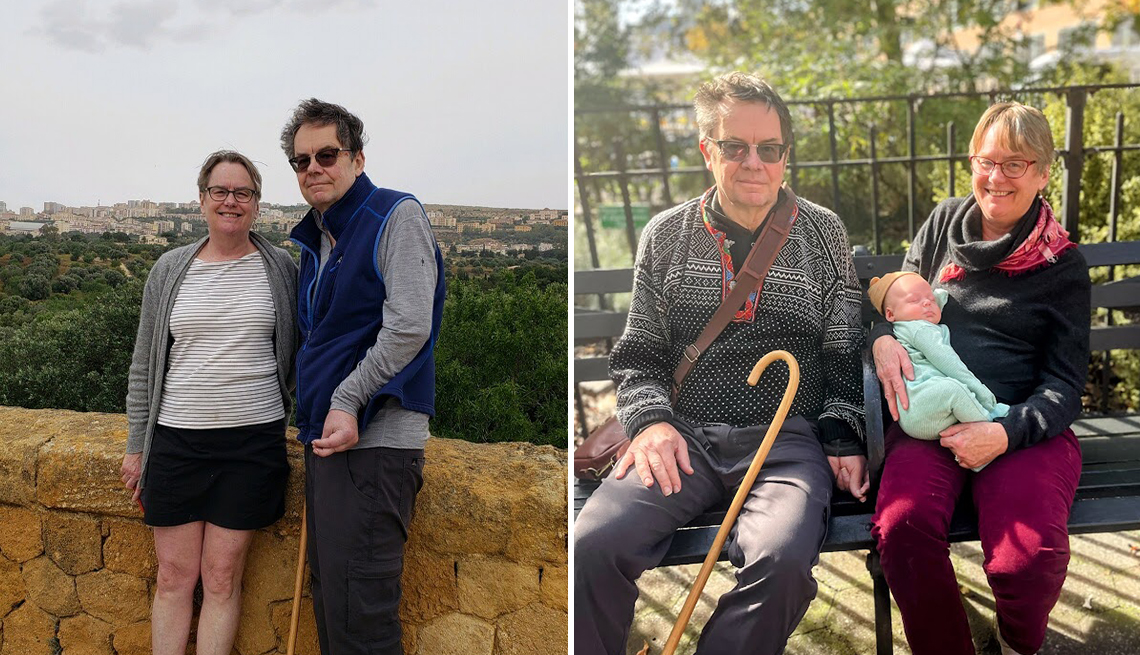






More From AARP
How to Be a Caregiver for Someone With Arthritis
Tips to help reduce their pain and improve their livesThe Nutrients Your Loved One Needs
Create a plate that nourishes the body
Hate Waiting? How Family Caregivers Can Limit Medical Office Delays
Planning and a little assertiveness are the keys to winning the waiting game